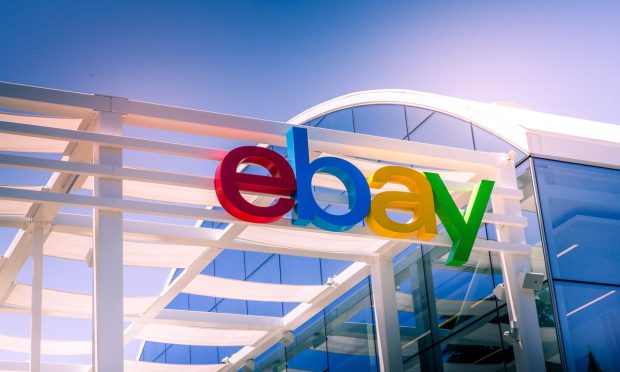eBay Transformation Runs Up Against Increased eCommerce Competition

Three months into his job as eBay CEO in July 2020, Jamie Iannone laid out a plan for eBay to become “the best global marketplace for sellers and buyers,” becoming the platform of choice for sellers and cultivating long-term relationships with buyers while utilizing technology in its core businesses.
And a year on, active sellers have grown 5 percent to 19 million globally, and in the second quarter, revenue grew by 11 percent, driven by advertising growth and a migration away from PayPal’s payments system.
At the same time, though, active buyers have fallen 2 percent year over year and gross merchandise volume (GMV) fell 11 percent in the three months ended June 30 compared to the same period last year. Chief Financial Officer Steve Priest blamed this on consumers’ increased mobility as the COVID-19 pandemic wanes, virtually the same argument made last month by Amazon executives in the face of decelerating eCommerce sales.
Read more: Amazon Sees Decelerating Sales As Post-Lockdown Life Resumes
When Amazon blames increased mobility on decelerating eCommerce sales, it carries a hefty amount of weight — after all, the company is the second-largest retailer in the U.S. and is poised to overtake Walmart for the No. 1 spot next year. Additionally, PYMNTS research found that 47 percent of consumers shopped online at Amazon more than they had previously.
Readers liked: Bring-It-To-Me Economy Ascends As Consumers Embrace Home-Centric Lifestyles
When eBay tries to make the same case, though, industry watchers may not buy it. It’s a contributing factor, but eBay just doesn’t draw the same attention it used to despite the company offloading various parts of its business in the past year to focus more on its core marketplace. eBay’s classified business now belongs to Adevinta and 80 percent of the company’s Korean business is being sold to Emart for approximately $3 billion.
Areas Of Focus
Iannone told investors and analysts that eBay is currently focused on “higher-valued buyers,” which include buyers who also sell on the marketplace, or buyers who purchase at least six days a year and spend over $800. These buyers represent approximately 20 percent of eBay’s buyer base but purchase around 75 percent of the platform’s GMV. Low-value buyers, on the other hand, make up approximately half of the buyer base but only purchase about 5 percent of eBay’s GMV.
“I’ve got the whole organization pivoted to focusing on those high-value buyers,” Iannone said. He added, “The goal is, how do we turn more buyers into these lifelong enthusiasts.”
Sneakers and watches, for example, are outgrowing eBay’s overall marketplace, the CEO said, with nearly 1 million luxury items authenticated since the platform launched its Authenticity Guarantee. The next areas of focus include luxury handbags — which eBay is also dropping into limited-time vending machines in New York City and Los Angeles this week — and refurbished electronics.
Related: eBay Debuts reCommerce Marketplace
The problem, however, is that other eCommerce platforms are already doing these things — and perhaps doing them better. Luxury consignment marketplace The RealReal earlier this week said it achieved record GMV in the second quarter, despite struggling to make a profit, and depending on what refurbished electronics a person is looking for, myriad other marketplaces exist through Best Buy, Walmart, and, of course, Amazon, among others.
See: The RealReal Pauses Retail Rollout Amid Improvements In Business
It’s possible eBay could make some headway and come out the other side of its years-long transformation plan as a much-improved marketplace that consumers flock to. But the company also has Etsy on its heels after a series of high-profile acquisitions, causing some to question whether eBay’s time as a go-to marketplace is ending.